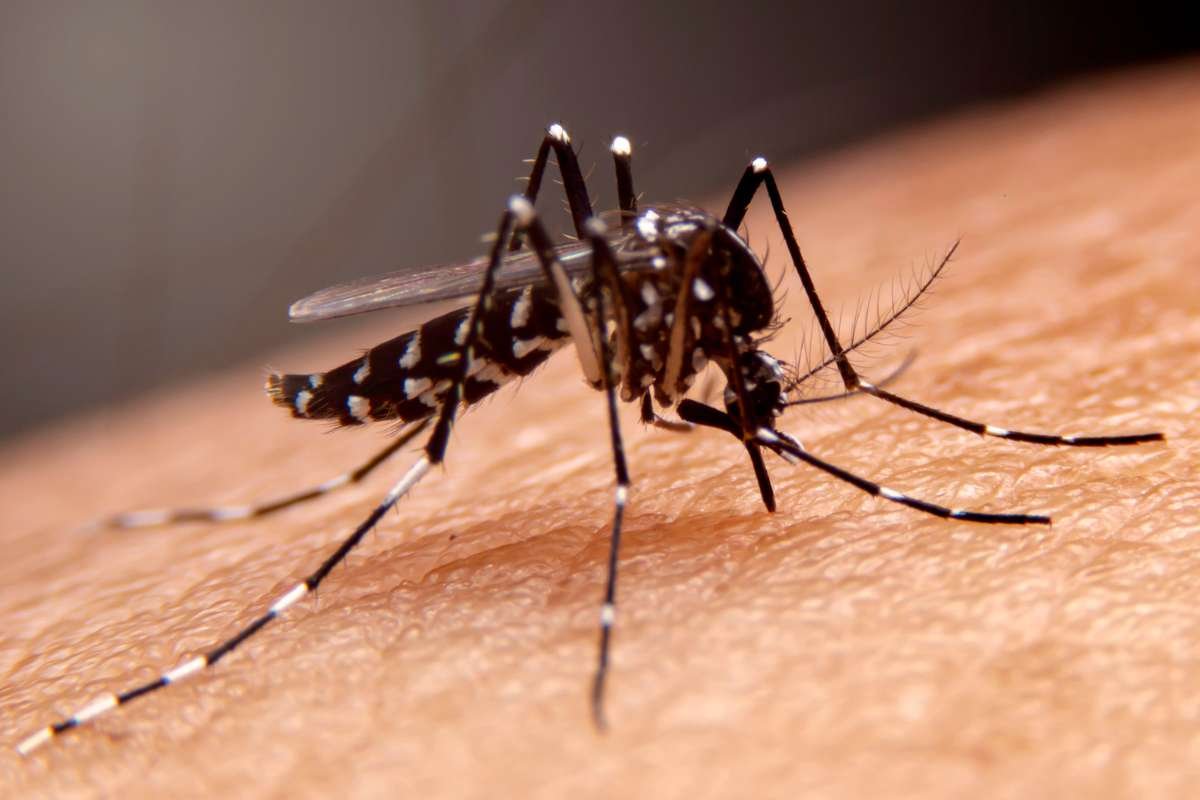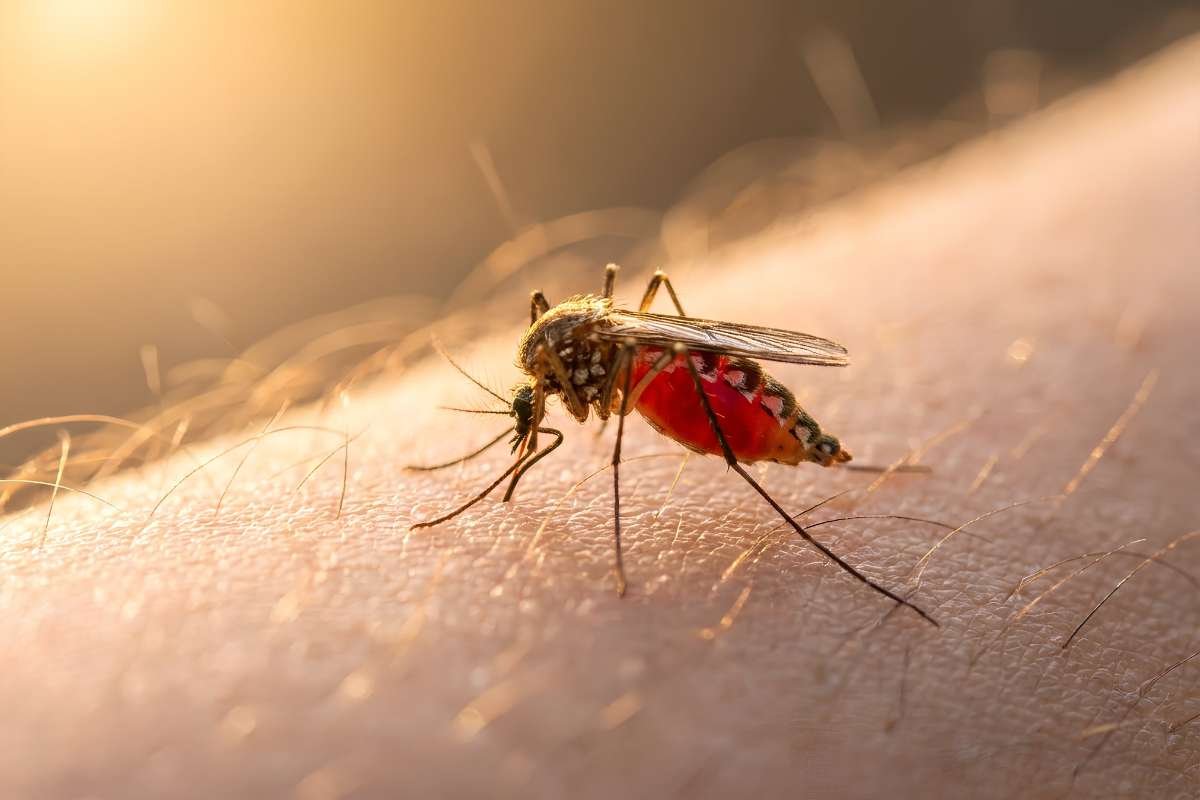Axolotls, the endangered Mexican salamanders known for regrowing entire limbs, are at the center of a groundbreaking discovery. Scientists have long been fascinated by these aquatic creatures’ ability to reconstruct bones, muscles, skin, and nerves with remarkable precision. While the phenomenon has been documented since Aristotle’s time, modern biologists are getting closer to understanding the underlying mechanisms and possibly translating them into human medicine.
A recent study led by James Monaghan, a developmental biologist at Northeastern University, has revealed a critical link between limb regeneration and retinoic acid, a compound better known as the active ingredient in the acne medication Accutane. The research shows how retinoic acid plays a central role in guiding the growth and structure of new limbs, offering new hope for future medical treatments.
Retinoic Acid as the Blueprint KLimb Regenerationeeper
Using genetically modified, glow-in-the-dark axolotls, Monaghan’s team traced how retinoic acid helps determine the layout of a regenerating limb. Varying levels of this compound act as a biological map, guiding cells on where to grow joints, bones, and digits. Too much of the chemical causes malformed limbs; too little, and development stalls. The key regulator of this chemical gradient is a single enzyme, CYP26b1, which helps break down excess retinoic acid.
Disrupting this enzyme leads to abnormal limb growth, proving that tightly controlled levels of retinoic acid are essential. The team also identified at least three other genes that are directly influenced by retinoic acid and are vital for forming bones and structuring limbs. These findings underscore how even low, naturally occurring levels of this chemical can have a significant effect, a breakthrough compared to earlier studies that relied on artificially high dosages.
“These results get us closer to answering a long-standing question in biology: How does regenerating tissue know exactly what to rebuild?” said Catherine McCusker, a developmental biologist at the University of Massachusetts Boston, who was not involved in the study.
A Future of Human Regeneration
Retinoic acid is produced across many animal species, including humans, where it plays an essential role during embryonic development. Its involvement in limb regeneration raises hopes that similar mechanisms in humans could eventually be reactivated. According to Monaghan, the potential to induce regeneration in human limbs may not be as far-fetched as it once seemed.
“The ability might already be there,” Monaghan said, suggesting it could be a matter of reprogramming adult cells to behave like embryonic ones. He emphasized that while this discovery is a big step forward, full human limb regeneration is likely decades away.
Other researchers are also making strides. McCusker’s lab recently discovered how the top and bottom parts of limbs differentiate, while a separate Austrian team identified genetic feedback loops that help tissues remember limb structure. These foundational studies are crucial for long-term success, McCusker noted.
With sustained investment in basic biological research, scientists are optimistic that future therapies could help regenerate not just limbs, but also treat burns, spinal injuries, and even cancer. The once science-fiction dream of human regeneration may soon become a reality.







